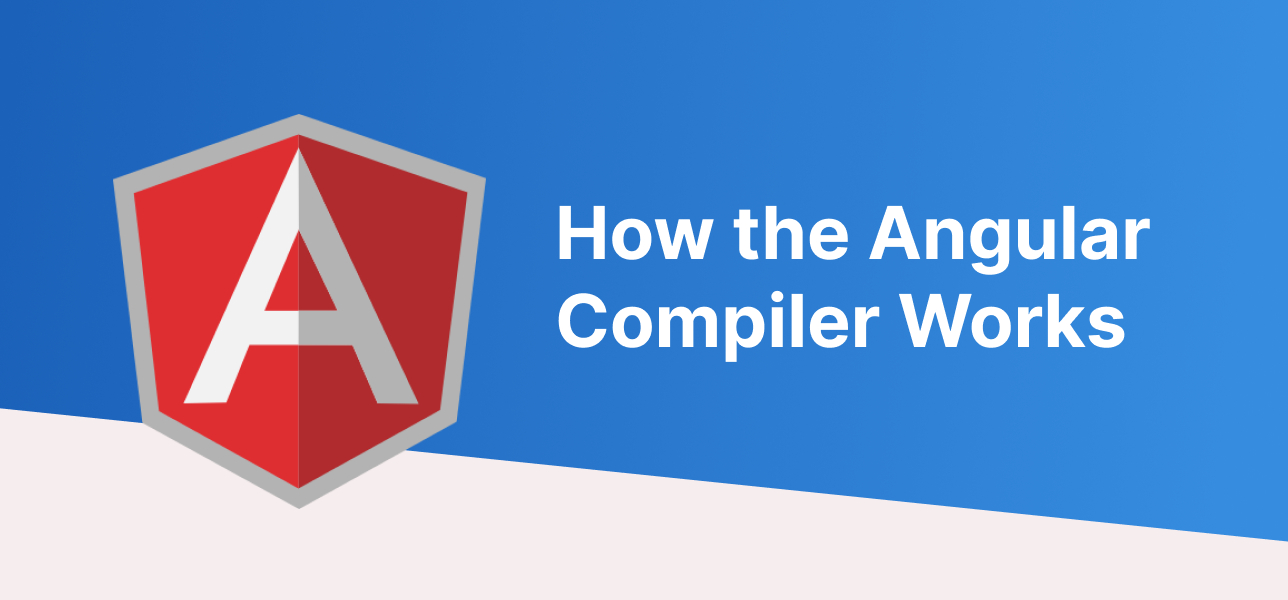New Features and Updates Of Angular 13

Angular 13 was launched on November 3, 2021. It is upgraded and broadly accepted TypeScript-based web framework.
1. Support for TypeScript 4.4
Angular v13 now support TypeScript 4.4. So we can use many new language features. Also it is not supporting TypeScript 4.2 and 4.3. Change in TypeScript 4.4 is that Angular apps has no longer implements setters and getters to get a similar type.
2. Enhancements to Angular Tests
In the Angular New Features is test environments and modules after every test. In the DOM experiences cleaning after tests, developers can anticipate optimized, less interdependent, less memory-intensive, and fastest tests.
3. 100% Ivy and No More Support for View Engine
Angular 13 does not support the View Engine. The all-new version is now 100% Ivy. Now that there is no View Engine-specific metadata or older output formats, it eliminates the codebase complicacy and maintenance costs in Angular 13.
4. Ergonomic APIs
Load time is reduced by using ergonomic code-splitting APIs and granular code at a component level. In the new release of ESBuild it also brought an enhancement of performance.
ESBuild is a rapid JavaScript bundler.It works with terser to optimize worldwide scripts. It also supports CSS source maps that allow optimized global CSS. This JS bundler supports other framework languages like Vue, Svelte, and Elm.
5. Angular CLI Enhancements
Angular CLI is one of the fundamental thing of the Angular Puzzle. With this developers can handle the complicacy of the modern web development ecosystem in the world.
This type of framework supports build cache by default. This feature caches results on disk. It causes upto 68% in development speed. Also we can enable or disable this feature in current Angular apps.
6. Changes to the Angular Package Format(APF)
It is specifies the format and structure of the Angular Framework packages. It’s a good approach to packaging every third-party library in the web development ecosystem.
- It creates Ivy partial compilation output.
- There is no more production of UMD bundles.
- It produces ES2020 output.
- It utilizes the package exports with the sub-path pattern feature from Node.js to display several available outputs at every entry point.
7. Changes in Framework and Dependency Updates
It also boasts some changes and updates. Now, RxJS v7.4 is the default applications built with ng new. And the current applications using RxJS v6.x So we need to update manually by using this command npm install rxjs@7.4.
8. Component API Updates
We can also build dynamic components using less boilerplate code due to improved ViewContainerRef and createComponent API. If we are using Angular 13 then we don’t have to use ComponentFactoryResolver.
9. No Longer Support for Internet Explorer 11
Benefits of the native web APIs and features of modern browsers like CSS variables and web animations, the Angular framework has cut off the support of IE11. It provides a load and smaller bundle size for applications and user experience for no IE-specific and no requirement for it.
It’s a change for some of the institutions or authorities that still run Internet Explorer 11 and haven’t use any Microsoft Edge or any other new browsers.
10. Accessibility Update in Angular Material
In new version of Angular bring an Accessibility (A11y) in Angular Material. The team already has assessed and checked the all MDCs (Material Design Components) for better accessibility. For the instance, radio buttons and checkboxes have with larger touch sizes, and other elements feature are also higher contrast modes.
11. New Type of Forms
The highlights of Angular v13 is that, a new type of form FormControlStatus. It accumulates all status for controls
- For instance, the type of AbstractControl.status is presently FormControlStatus in place of string.
- The type of StatusChanges is now Observable
in place of Observable .
12. Inline Support for Adobe Fonts
Angular 13 also have support for Adobe fonts. This fonts can boost an app’s functionality by accelerating the FCP (First Contentful Paint). So now this change is can accessible to everybody by default. For that we have to just need to do ng update.
13. Improvements in Localization
$localize is a consistent API. Developers now can use it, to produce an effective way for in-built internationalization and can also tag messages for changes in the code and templates.
How to Update to Angular Version 13?
To update to Angular version 13, we need to download Angular 12. Then, we can update to the latest v13 following this link: https://update.angular.io/ for a detailed guide.
Conclusion
In every six months Angular team release new version of it. Now that we know the significant updates and features of the all-new Angular 13, we must give it a try. If we are still using the older Angular v12, it’s time to upgrade it to version 13 to create amazing apps that support modern web development standards.



